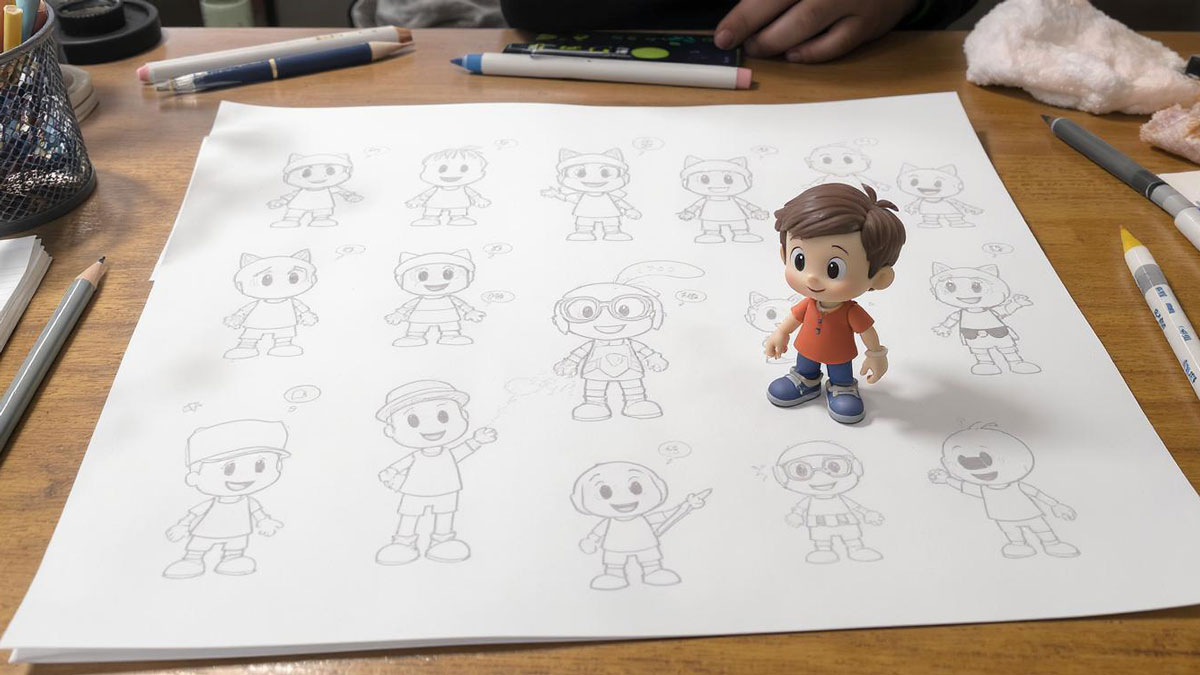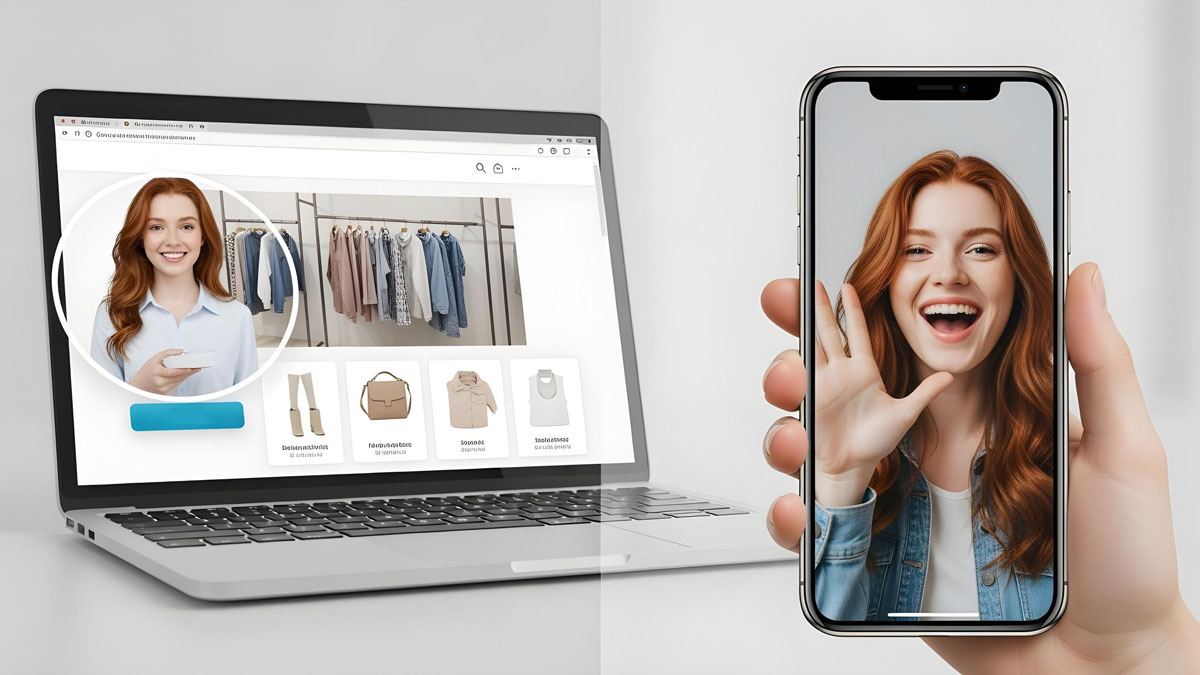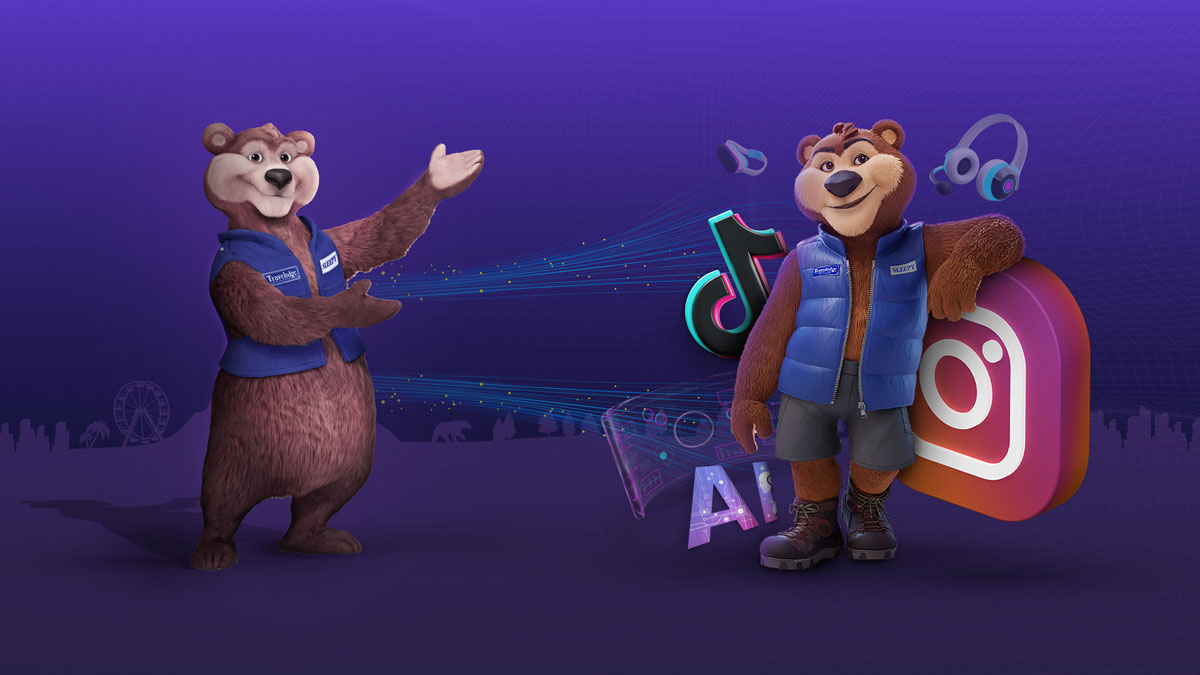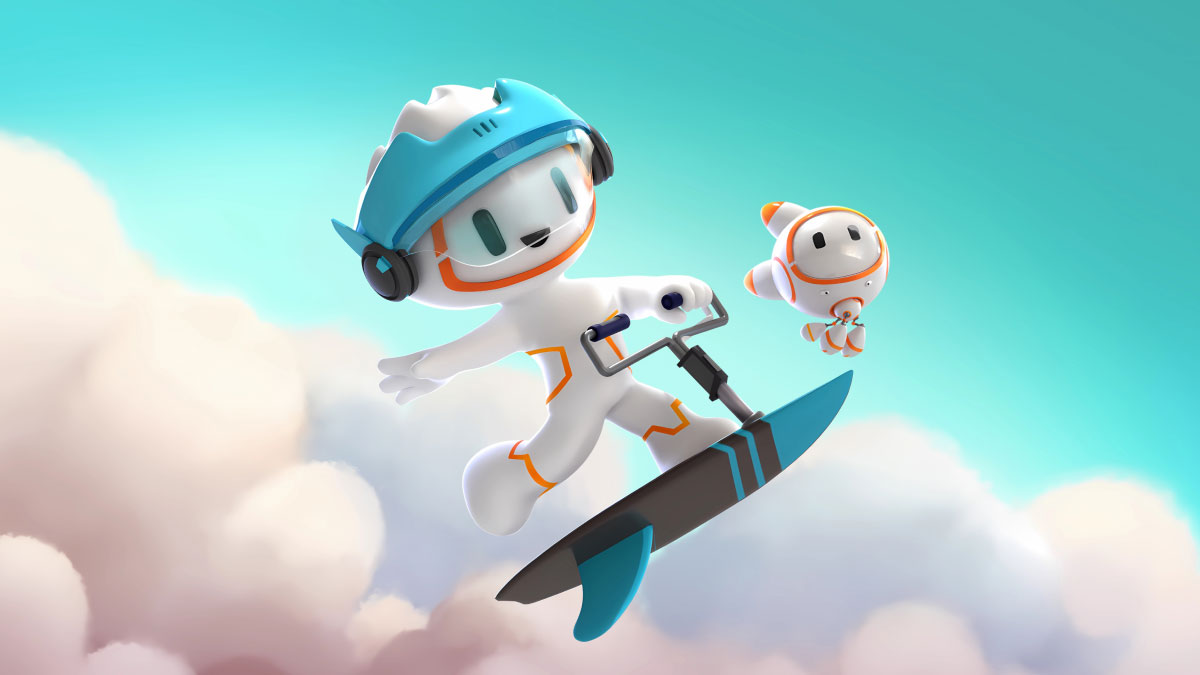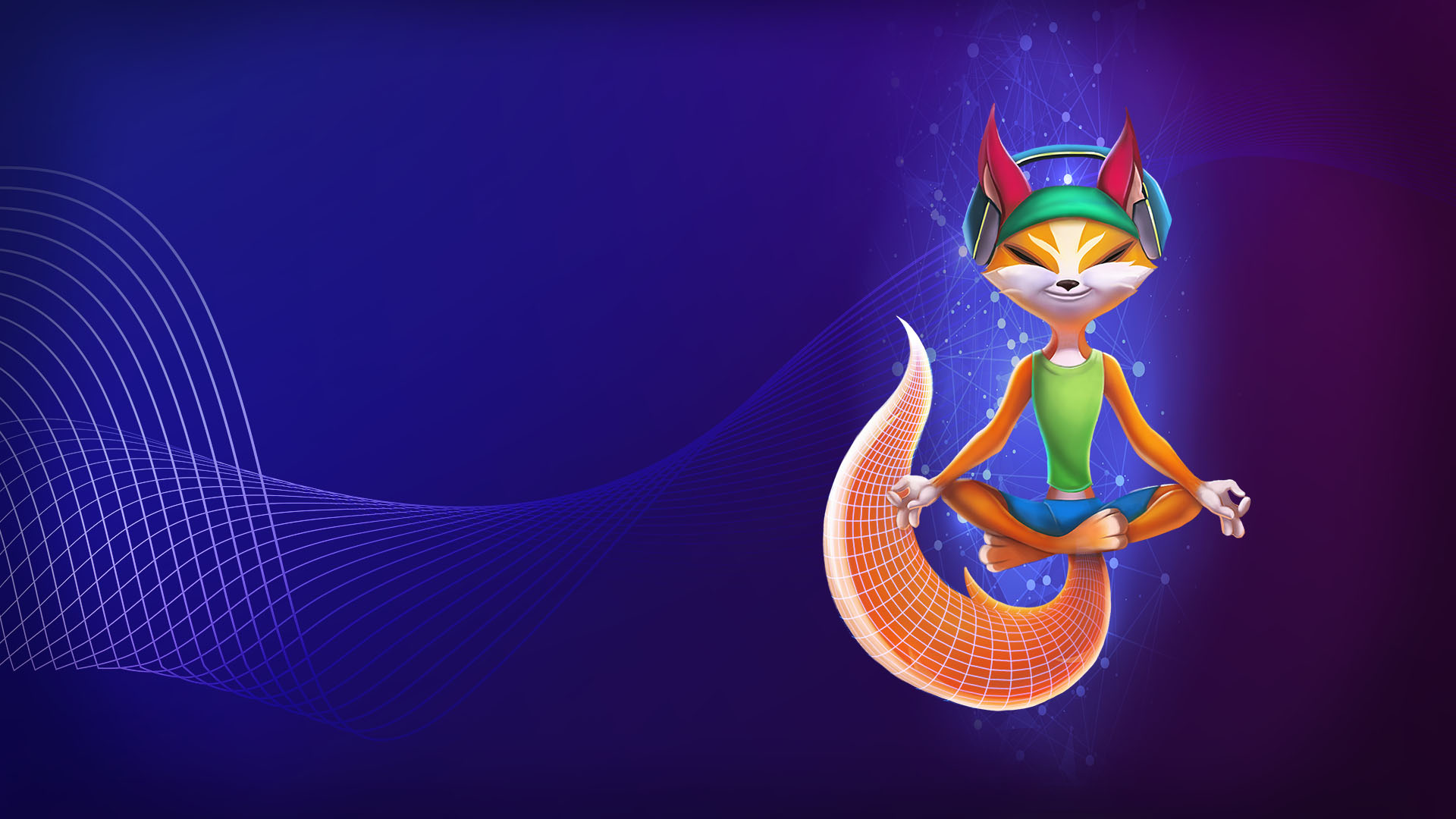
Who doesn’t love mascots? We guess it’ll be hard to find people who don’t. Mascots are lovable characters that represent a brand and its personality. They’re not new, but they’re still relevant to today’s digital marketing landscape.
How are they relevant? They make quite a first impression and then connect with your audience on a deeper level compared to logos, colors, or clever ads.
But should your business have a mascot? The short answer is, “It depends.” The long answer, we’ll give in this article! We’ll discuss everything about mascots, from success stories to challenges in their development and future trends you would like to use.
You’ll find everything you need to make an informed decision. Read on!
Are Brand Mascots Outdated?
Before we go into anything, let’s address the elephant in the room. Many people will probably think of Tony the Tiger or the GEICO Gecko when they hear the word “mascot.” These and many other well-known characters have made great mascot stories, but they’re old nonetheless.
So, are mascots out of date?
Evolution of Mascot Use in Time
Nothing goes out of it if it adapts to the times, mascots included! The first mascots were primarily used for advertisements in the 19th and 20thcenturies. Then, technology evolved, and so did they. They became more colorful, moved around with smoother animations, and each of them was found to have a distinctive character of its own.
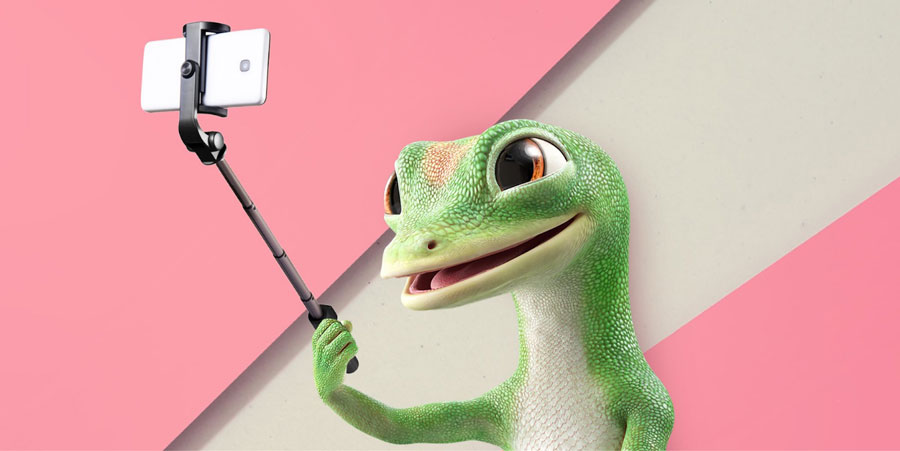
Nowadays, you can find mascots on websites, social media, and your favorite app. They’re smart, cheer you on, and even answer your questions! Mascots have evolved, and they are far from obsolete.
Consumer Perception of Mascots in the Digital Age
We established that mascots have evolved, but what do people think of them? Company Mascot Design is one of our specialties. Our experience says that mascots are generally perceived favorably, and their effect on engagement and sales is tangible.
Looking for more concrete data? Take a look at a quote from this 2023 preprint paper about celebrity endorsements and brand mascots:
“[A brand mascot] develops brand awareness, a visual representation, and instant identification of the brand or product.”
The article has even found that mascots (BM) are more effective than celebrity endorsements (CE):
“The more practical and advantageous characteristics of BM, such as its uniqueness, its eternal nature, and the importance of anthropomorphism, enable BM to score above CE in terms of its long-lasting impact on a customer’s identity for a particular brand or product.”
Please read the paper and verify the data for yourself. The full text is available online.
Mascots & AI: The Latest Development
While we’re making the case for mascots’ evolution, let’s also take note of a new trend: AI-powered characters. These very realistic mascots usually go beyond costumes or traditional animations. You may find them as chatbots, assistants, tutors, advisors, etc.
We’ll discuss future trends like AI later in the article. For now, just remember that mascots are already compelling ambassadors for your brand. Catch a wave in AI’s rapid advancements and you could end up with an unbeatable combination for your brand and marketing.
Do Mascots Work for Marketing?
You’re happy with your current marketing efforts. Do you really need a mascot to make those efforts better? It’s a fair question, and the answer largely depends on the nature of your business.
We’ll get into the cases where mascots work and where they don’t, but let’s review some success stories first to see mascots in action for where they do work.
Some Success Stories
Here are some brand mascots that are well-known and loved to this day.
- Tony the Tiger: This is one of the most famous mascots in history, so he deserves a nod. His catchphrase, “They’re grrreat!” was synonymous with the Kellogg’s Frosted Flakes cereal.
- Bugdroid: The mascot of the Android operating system is a modern success story. You may not have known its name, but you’ve definitely seen them around, silently tempting you to grab an Android-powered phone!
- Duo: The hero of another success story is Duo, the green multilingual owl from Duolingo. Owls are traditionally perceived as wise animals, so that choice is well done. Plus, Duo’s cute appearance and cheers in language lessons go a long way in encouraging the app’s main target audience: kids and adolescents.
- Mickey Mouse: Created by Walt Disney himself, this little, friendly, adventurous mouse is one of the best-known characters in the world and also an integral part of the company’s identity to this day.
Read more: Top Brand mascots
Psychological Impact on Consumers
It’s important to remember that the greatest mascots leave a brand’s mark on people, not just on company buildings and media. Let’s take a look at an obvious example. Cap’n Crunch, Mr. Salty, Mr. Peanut, and Michelin Man are subjects of different jokes in the most popular sitcom of all time, Friends (1994-2004). Joey also imitates Tony the Tiger (“Grrreat!”) and Sonny the Cuckoo Bird (“Cuckoo!”) in one episode.
These cereal mascots date back to the 20th century, but the jokes featuring them made the Friends Blu-ray cut, which means that the creators deemed them relevant and funny to a more modern audience.
Where Mascots Work
Our experience indicates that mascots work best for brands that could benefit from a friendly face. These brands include:
- Food and beverages: From McDonald’s to Pringles, many food and beverage companies are shining examples of mascots!
- Entertainment: Where else would you want to connect with your audience on a deep level? Think of Mickey Mouse, Mario, and Pikachu with all the good memories you have of them!
- Retail: The need to differentiate your brand intensifies with competition, and retail is an industry with extraordinary competition. Think of Geoffrey the Giraffe from Toys ‘R’ Us or Bullseye from Target.
- Sports: Many teams have their good-luck mascot, cheerleaders, and loyal fans to help the players be at their best. Examples include Benny the Bull from the Chicago Bulls or Gritty of the Philadelphia Flyers.
Note that these aren’t all the areas where companies should consider getting a mascot, just the most obvious ones where customer loyalty goes a long way.
Benefits of Having a Mascot
Where mascots do work, they offer a range of advantages that can significantly enhance your marketing efforts and brand image. Let’s discuss some of them below!
Faster Brand Recognition & Recall
This is one of the first and most important benefits of mascots. They’re much easier to remember than, say, a well-designed logo. If people recognize your mascot, they recognize your brand. That’s a significant win for marketing and sales alike.
Enhancing Brand Character
Mascots can (and should) reinforce your brand’s character. The character you used to portray with tone or choice of content or music can now come through in a full-fledged, likable character. Your mascot is an embodiment of the best of your brand.
Plus, you can sometimes use a mascot to fill potential gaps in your brand character. For example, an innovative software company that speaks only in code can use a futuristic mascot to explain the software in simple terms.
Easier Brand Messaging & Storytelling
Mascots are naturals when it comes to communicating your brand message and your story. Conveying key information (like products, services, values, etc.) is much easier with a mascot around that speaks and lives for the brand.
Gamification
If your brand allows for gamification, why not bring your mascot in? You can use them in challenges, surveys, mini-games, and many more interactive materials. Your mascot could make anything more engaging, your customers will have more fun, and they will eventually form a personal connection to your brand, not just your material. It’s a win-win for everyone!
Emotional Connection with Audience
Mascots are like people. They form connections with your audience, tap into the positive feelings you want for your brand, and leave a mark. A well-made mascot can mean hundreds or thousands of loyal customers if you deliver on those positive feelings.
Better Merchandizing
Mascots also help with merchandizing. You can easily generate an additional revenue stream if you put them on your branded items, from toys to calendars.
Any loyal fan would also like to have a piece of your business with them! This helps them bond with you further and is a reliable advertising method that doesn’t cost you anything.
Usage in Content Creation & Advertising
Mascots also give you more possibilities when looking for ways to differentiate your content and ads. A prime example of this usage is Duo, the owl from Duolingo. We remember that, at first, Duo only appeared in 2D on some of the official staff’s posts. Little by little, the staff and the users started writing dialogues for it, telling stories of the country it had flown to last week, and how good a teacher it was.
The green owl is now an integral part of Duolingo’s brand identity. Everywhere you look for Duolingo, there it is. It’s a testament to how having a mascot adds a layer of personality to your brand and makes content or ads easier.
If you’re thinking about adding a mascot to your communication plan, our team is here to help.
With over 10 years of experience and the development of more than 2,500 characters, we’ll guide you through every step to unlock the full potential of your new team member!
Learn more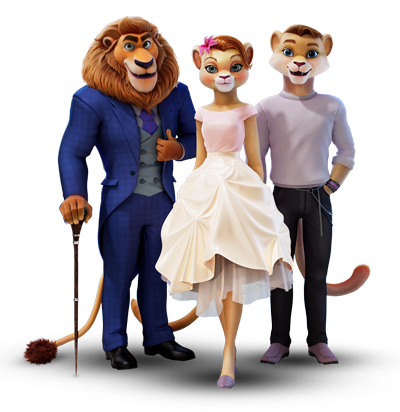
Challenges in Brand Mascot Design & Use
As great as mascots can be, they come with their own set of challenges. That’s why many brands outsource mascot creation to trusted agencies like ours.
If you’re not outsourcing or would like more control over the basics of your mascot design and development, here are some essential points to consider.
Creating a Unique and Memorable Character
We have only talked about successful mascots so far, but it’s important to remember that there are also too many failed mascots out there. The most common reason behind these failures is that the chosen character turned out to be forgettable. So, make your mascot both truly unique and memorable.
Creating a character can be difficult, but it’s not impossible. Start with your brand’s core characteristics, then look for animals, objects, or concepts associated with those characteristics. You might sometimes opt for animals (like Tony or Mickey, as we mentioned above), or you might create a character from scratch based on those ideas (like Bugdroid, an “android”).
Story Universe
If you want your mascot to connect with your audience, you need to give it psychological depth. To achieve this psychological depth, you need to give your mascot a compelling backstory. Mascots can’t just pop out of nowhere with no (fascinating) story. A mascot without a story is most likely flat and forgettable.
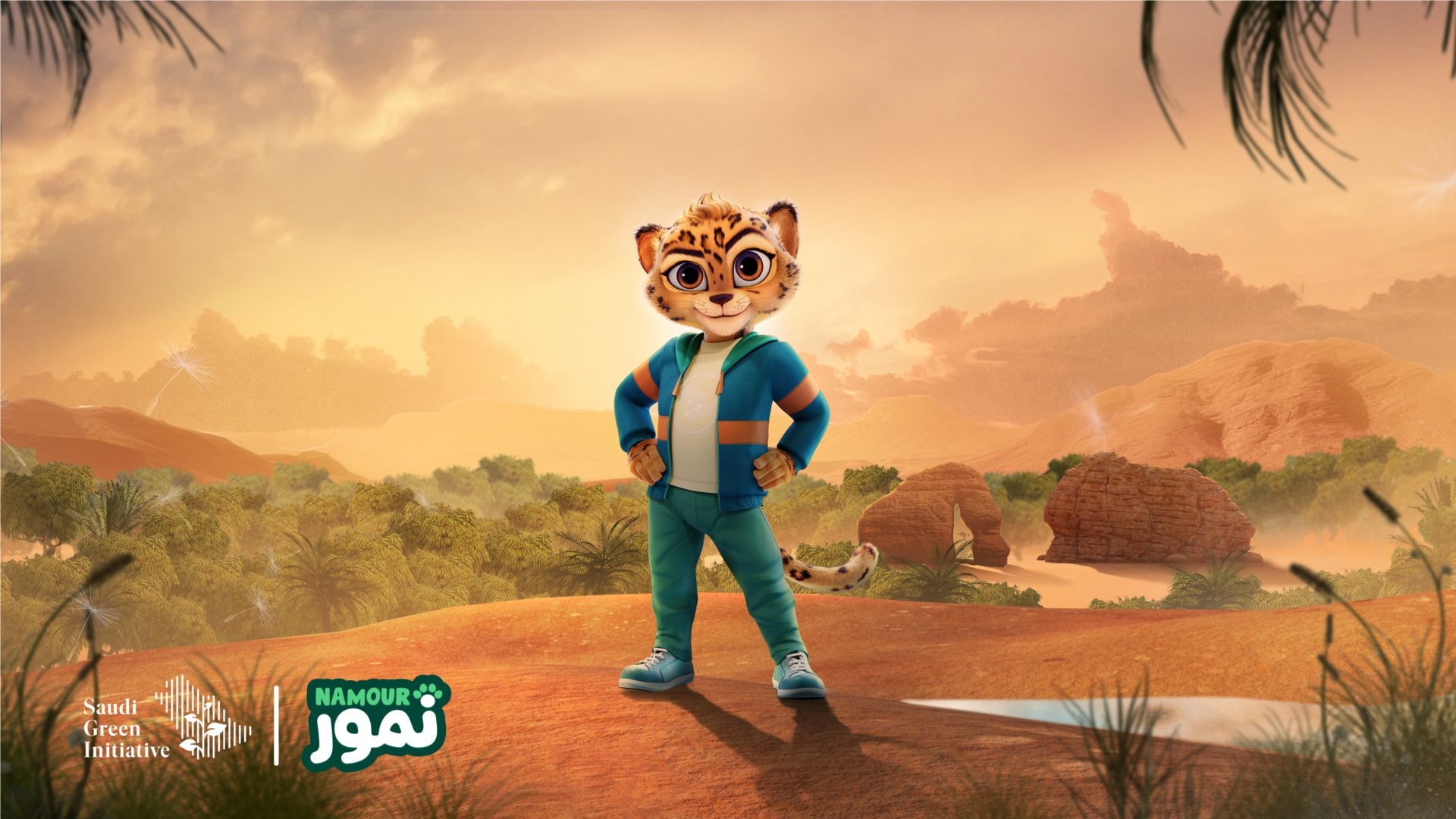
It might seem obvious on paper, but it’s harder than it sounds! You need a whole story universe in which your mascot makes sense. Writing your mascot’s story is an art that requires a profound understanding of your market research, brand values, audience preferences, and many other factors. It also needs a lot of creativity, time, and resources.
Cultural Sensitivity & Inclusivity
It’s extremely important to be sensitive and inclusive when creating your mascot. For example, you might want to include people from diverse backgrounds and cultures in your brainstorms. This helps avoid stereotypes in the character’s appearance, name, or behavior.
Another step you can take to ensure inclusivity is to put potential brand mascots in a survey and ask your most loyal customers for advice. This isn’t necessary if you want to keep the element of surprise, but it’s possible. Surveying customers is also slightly more common when naming the mascot.
Using Mascots in Action
You can’t just put your mascot everywhere and expect it to work. It’s one thing to create a character on paper, it’s quite another thing to use it in the real world. Real-world usage of mascots requires creativity, planning, and the right infrastructure. Let’s take a brief look at what we mean by these items:
- Creativity: It’s a competitive world out there! Are you staying creative in your usage or just putting your mascot everywhere and hoping it works?
- Planning: Which touchpoints will you most likely use your mascot at? Why? Do you have data that says your audience is receptive at that touchpoint?
- Infrastructure: Does your team have the necessary skills and tools to adopt a mascot? Have you thought of content templates with the mascot? How detailed is your mascot book?
Technical limitations
It’s common for companies to do everything right but then realize they don’t have the people, time, or resources to incorporate the mascot into various media. For example, let’s say your mascot is an animated puppy. Every piece of content with the puppy suddenly needs an extra level of detail and rendering. Sometimes the puppy wags its tail, sometimes it jumps around, sometimes it’s in a 2D poster, etc. Each of these instances alone can strain in-house teams and budgets.
This is why many companies outsource their mascot content creation, but that comes with a new set of challenges. If you don’t have sufficient in-house assets, you should outsource to a team that knows their mascots from start to finish. Once you do, ensure they deliver consistent, quality material within your budget’s limits.
Maintaining Consistency Across Channels
Your mascot should be in the same shape, form, and color across your channels. It’s one person, so it should be consistent. You also shouldn’t switch from 2D to 3D per channel. If you create a lot of multimedia, it makes sense to have an animated mascot. If your website is your main touchpoint, a 2D static mascot may be best.
Balancing Cost & Return on Investment
The budget is a significant element in many projects and campaigns, and mascots are no different. Between developing an origin story and running that particular marketing campaign, your costs could quickly add up. Note that mascots are more of a mid-term and long-term strategy.
While your mascot slowly wiggles its way into your audience’s hearts, here’s a pro tip to avoid wasting your resources: don’t jump between people and agencies. Pick an agency like ours that can do the A to Z for you and provide continued support. You’ll be surprised how much you end up saving!
We’re equipped with everything you might need in mascot creation, and we’ll do everything for you, from developing a compelling backstory to design and animation to modern usages like for AR/VR experiences.
Future Trends in Mascot Marketing
Speaking of modern usages, we believe that mascots still hold great potential. They have evolved since the 19th century and will continue to evolve with modern technology.
Use of AI, Augmented, & Virtual Reality
Artificial intelligence (AI) is already revolutionizing everything, and Augmented Reality (AR) and Virtual Reality (VR) are becoming increasingly integrated into our everyday lives. Imagine powering your mascot with a competent AI! This intelligent mascot could answer your customers’ questions, provide recommendations, or engage in a funny or philosophical discussion.
To give your mascot more life, you could also use AR to have them pop up in your brand’s spaces. In this scenario, customers can interact with your mascot with their phone or AR glasses. When done right, this technology can launch your brand engagement into space.
Consider virtual reality if you’re looking for an even more immersive experience. Give your audience some VR headsets, and they will be able to feel your mascot like never before. A great advantage of VR solutions is that your mascot will appear exactly as you want it to, unlike when you make it into a doll or program it to respond through a robot.
Personalization & Interactive Experiences
Imagine how unforgettable your brand could be if your mascot greeted each customer by name, used accessories that customer likes, and remembered the customer’s taste. Personalization, big or small, can have a meaningful impact on the customer and deepen their emotional connection to the brand.
Interactive experiences like mini-games, quizzes, or challenges are also always effective in boosting engagement. Use your mascot wisely, and you have an unbeatable combo.
Conclusion
Mascots aren’t new, but they’re powerful. They can enhance your image, increase brand loyalty, and help you stand out from everyone else. They don’t get old, either.
But for all of that to happen, they should be done right. Give us a call if you’d like a consultation about yours!
Arya
